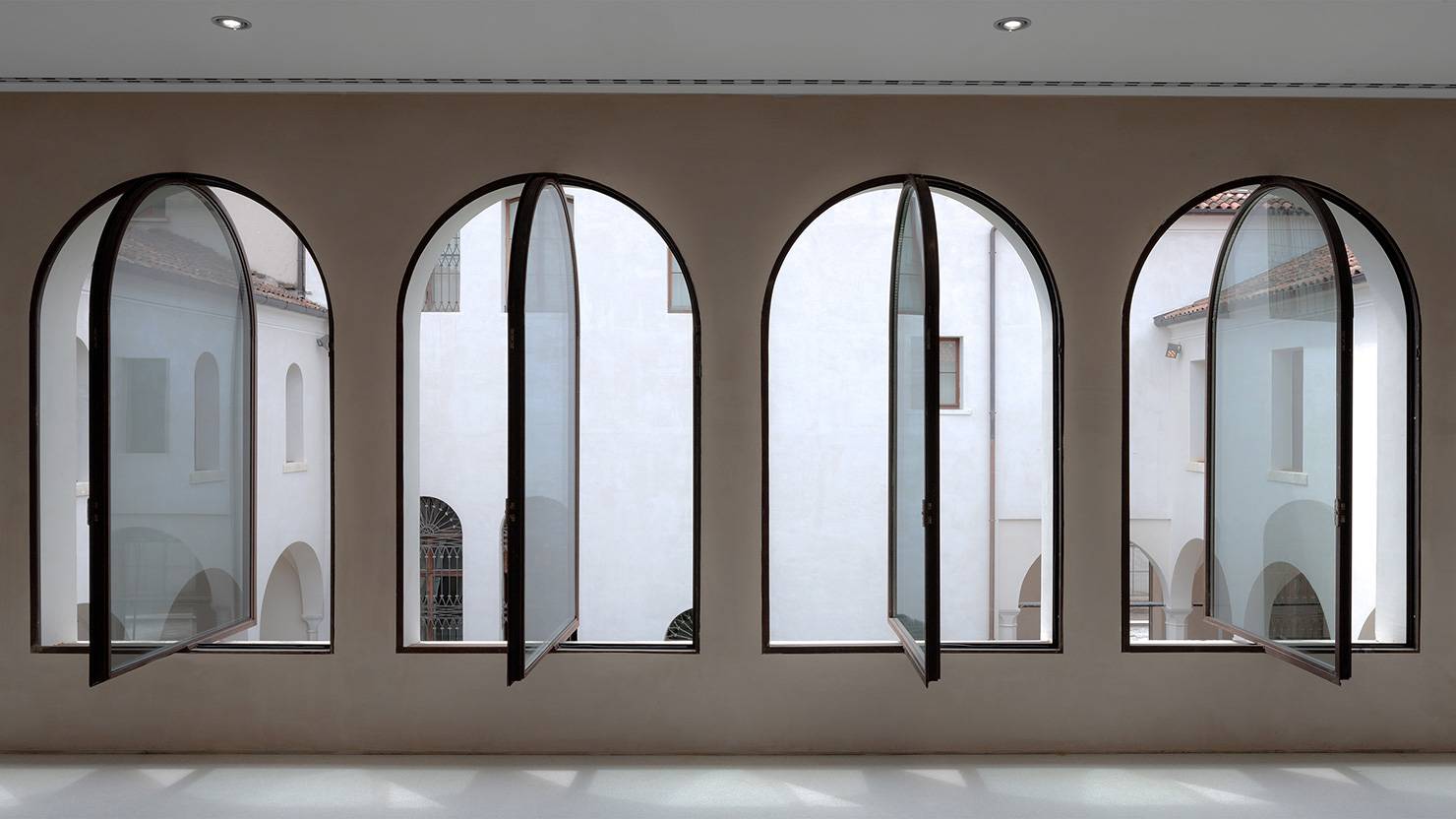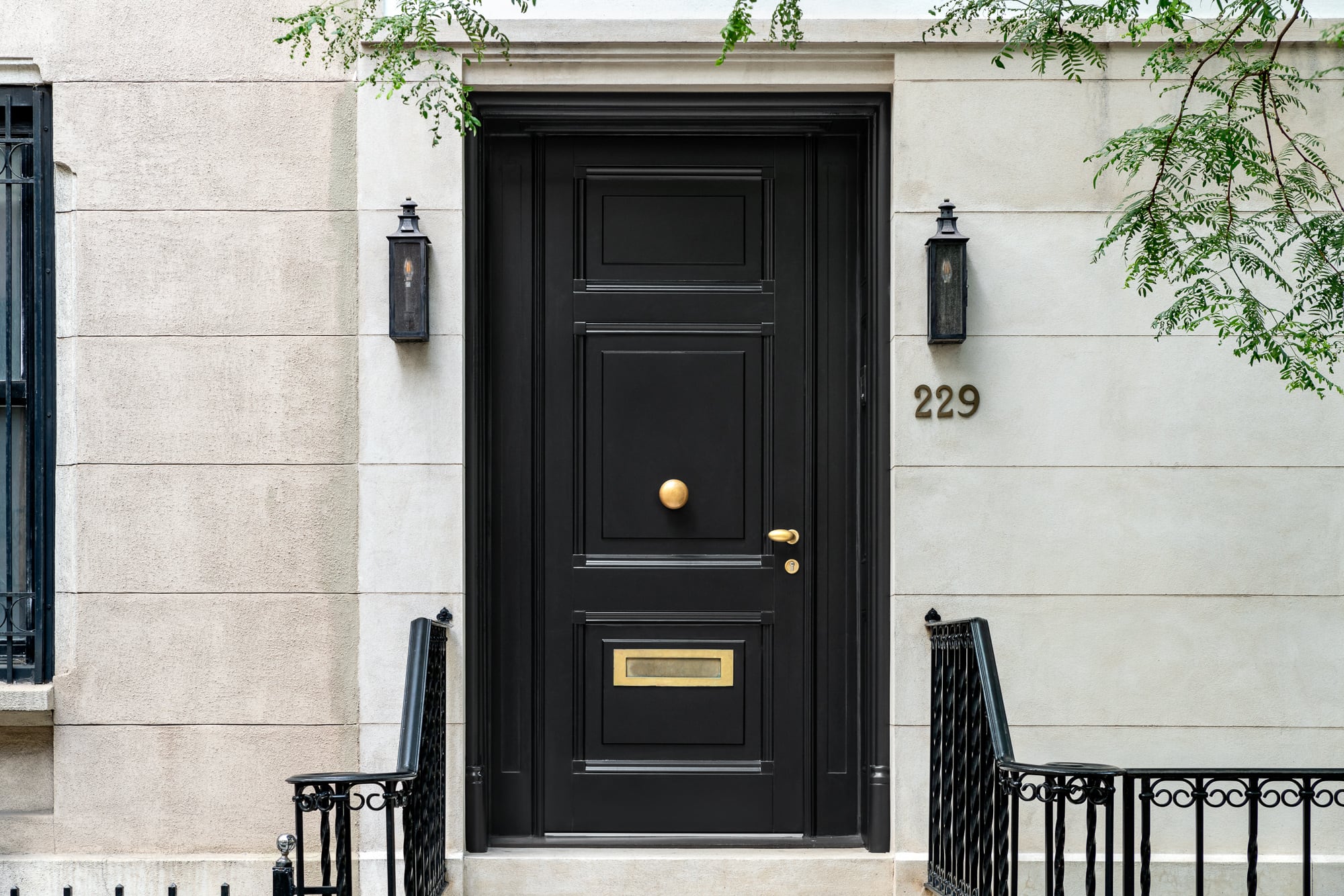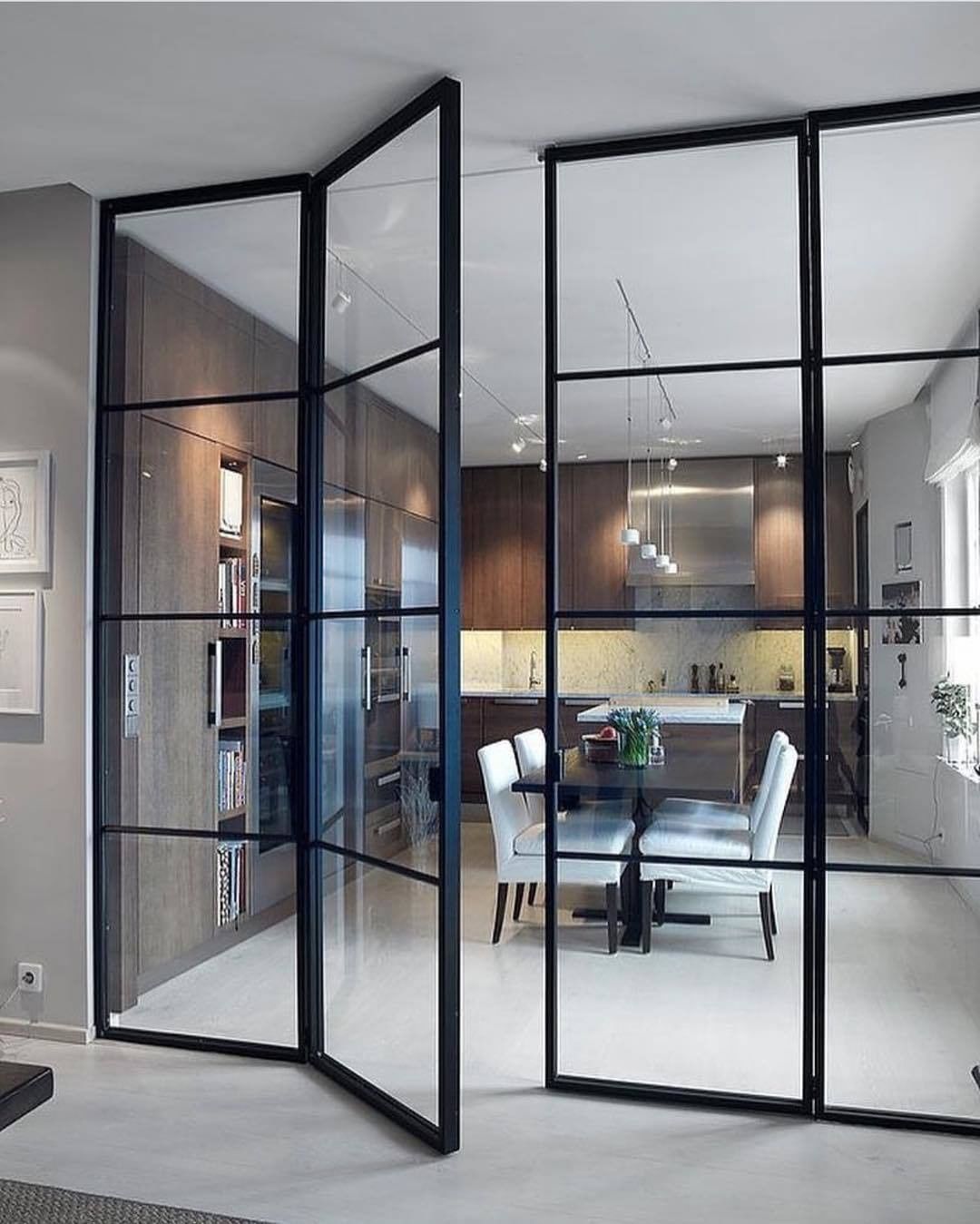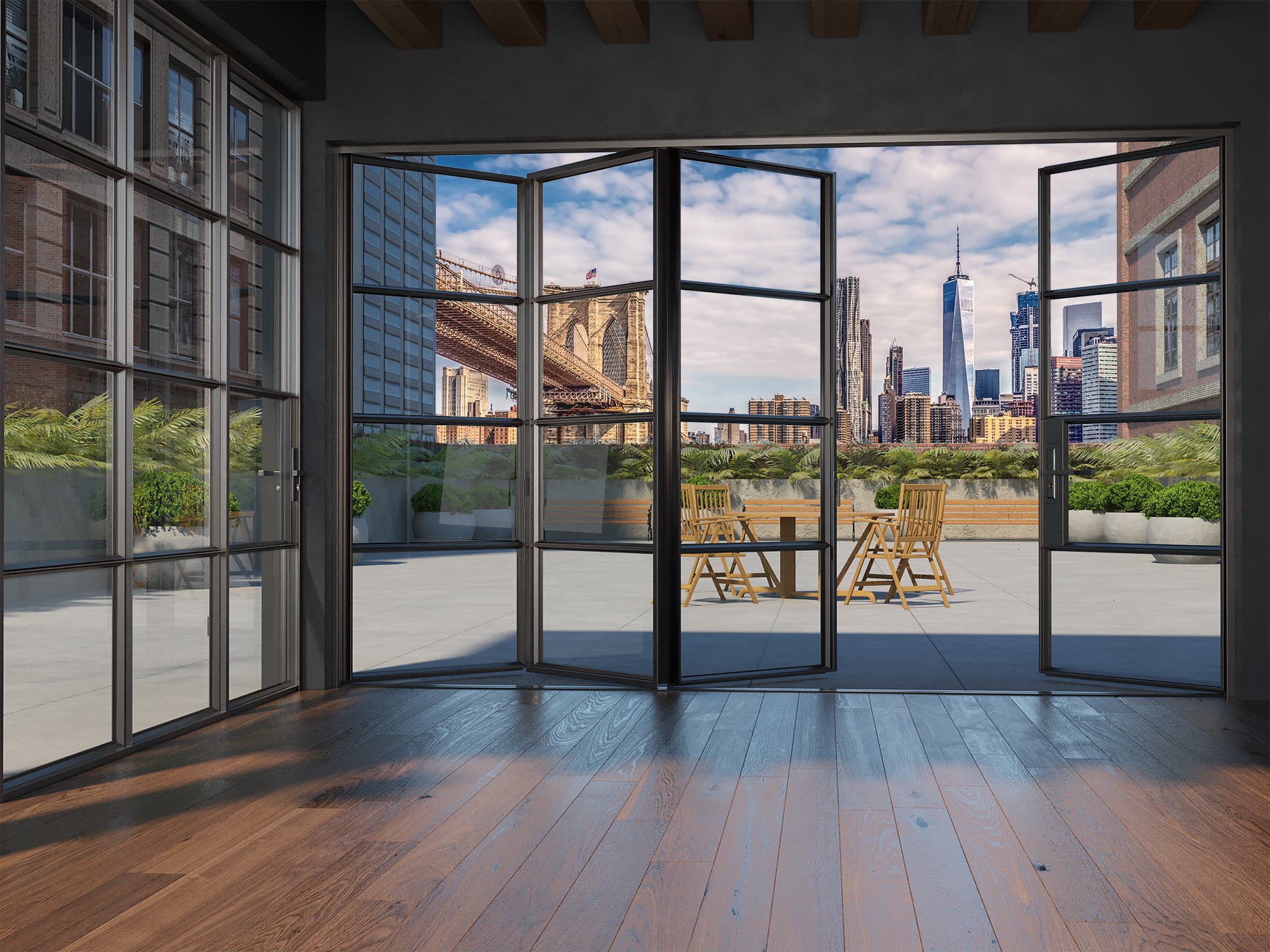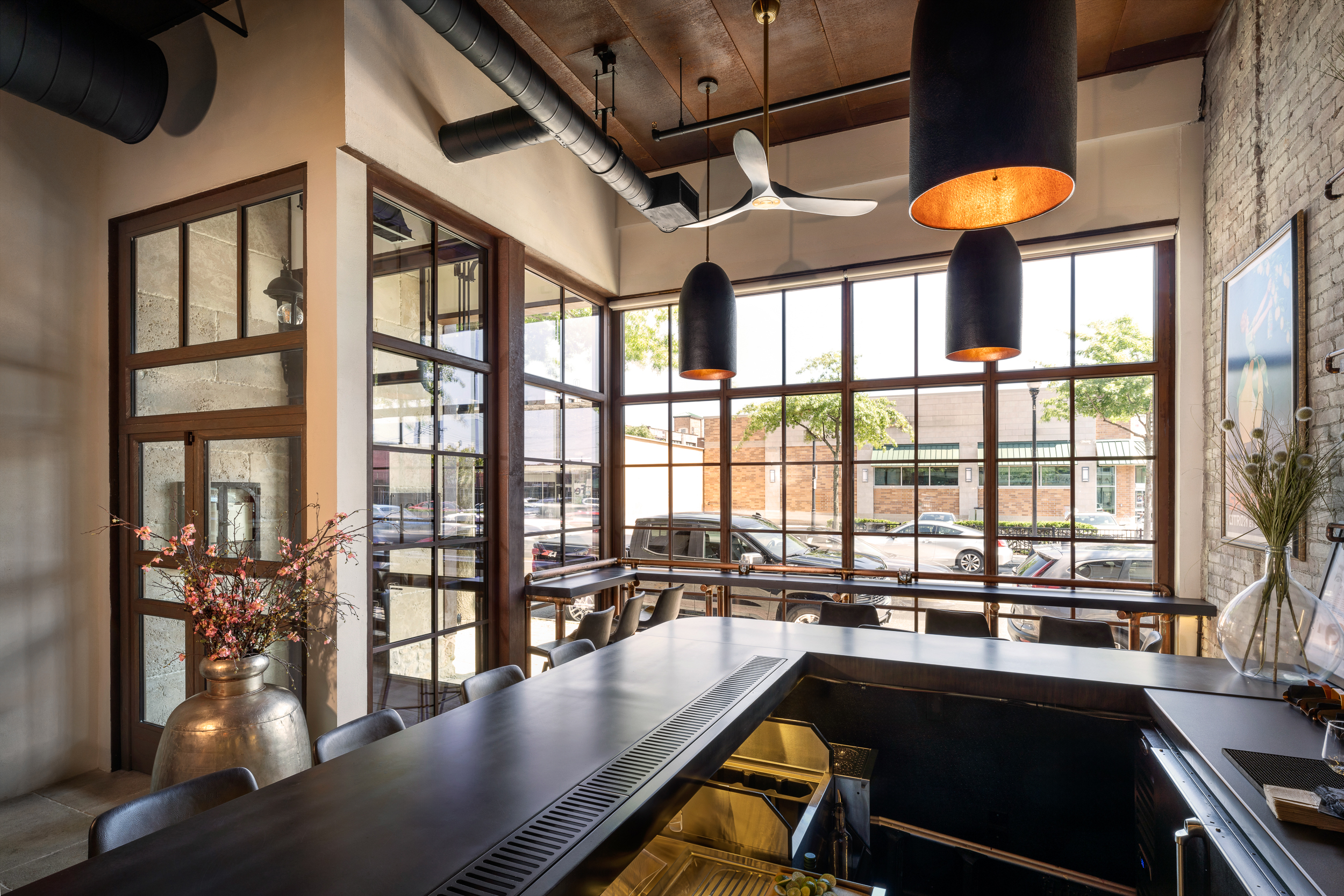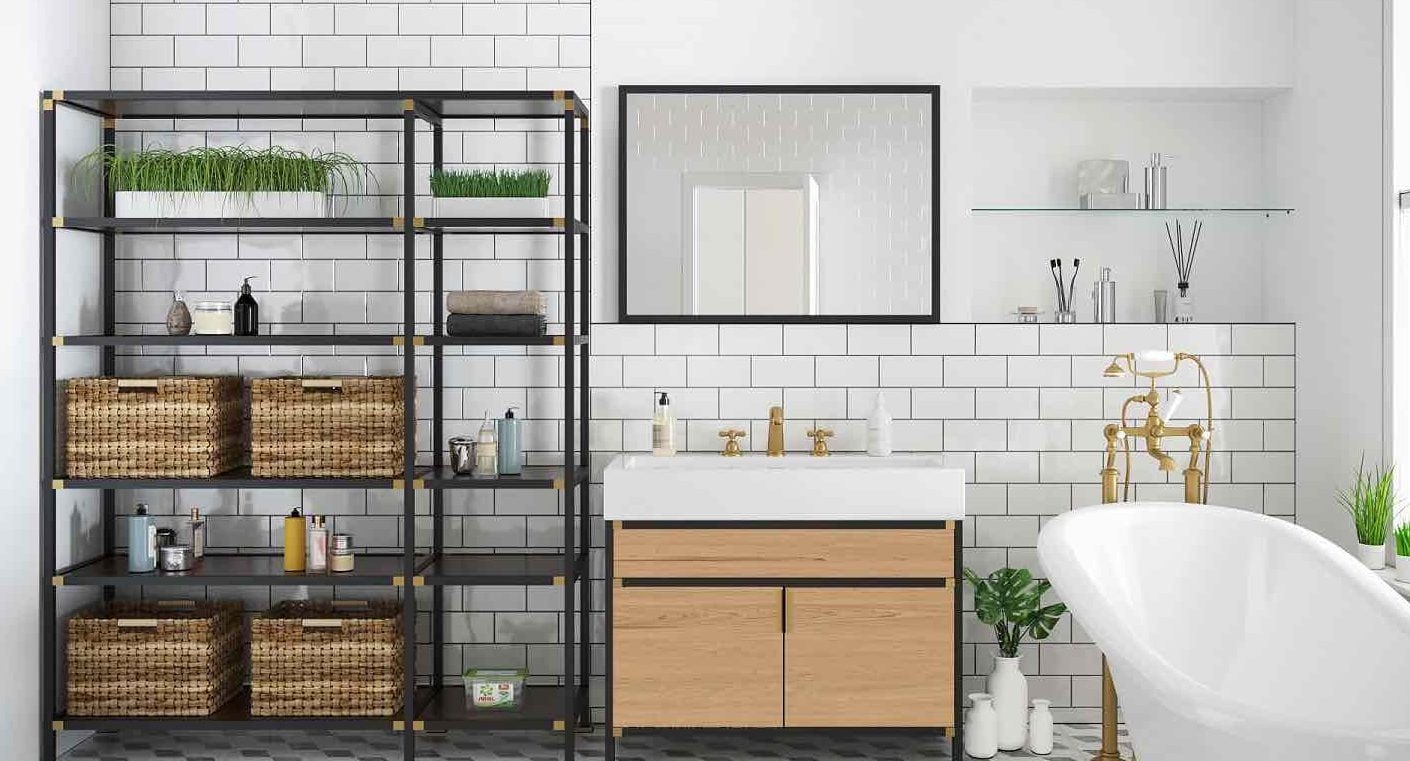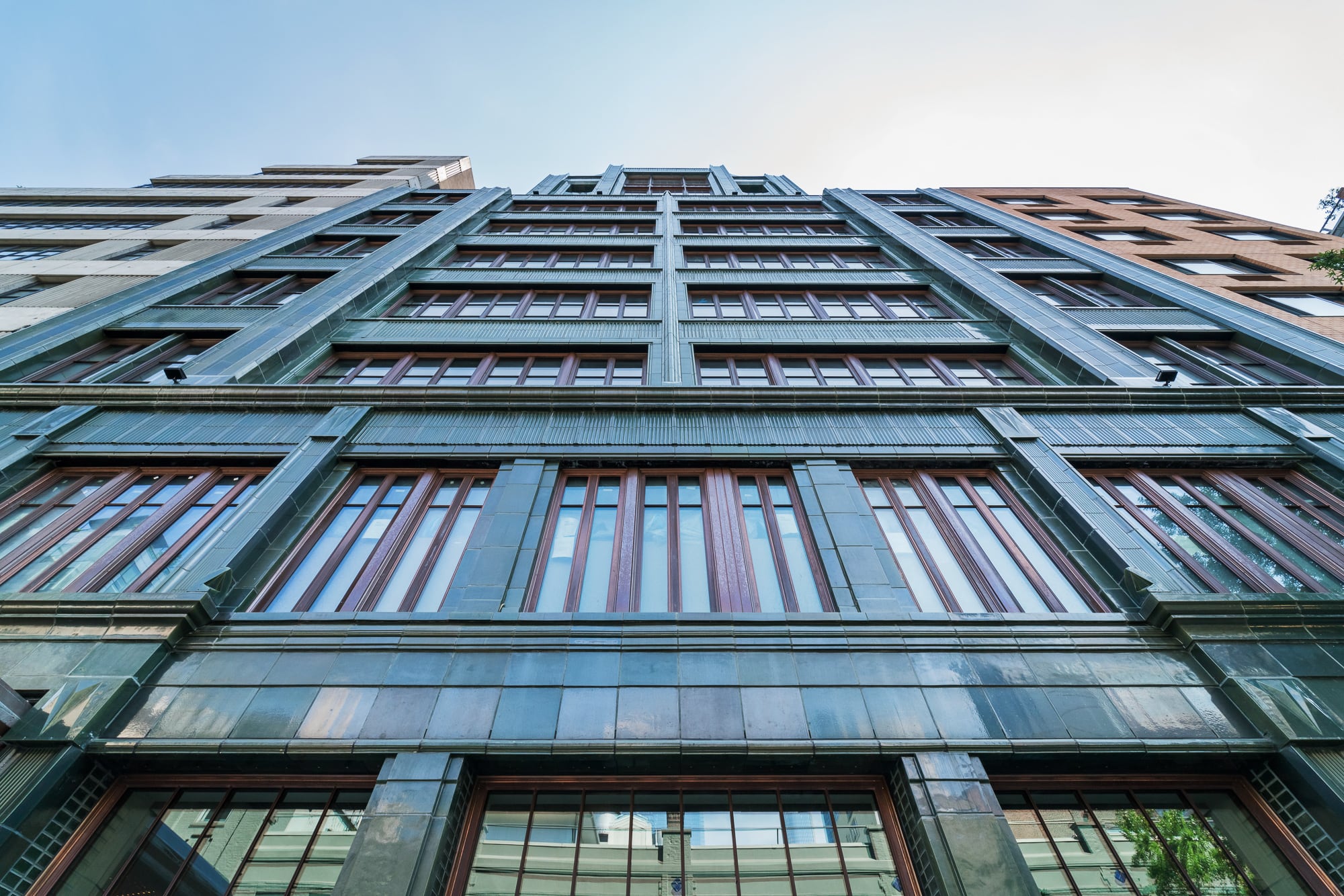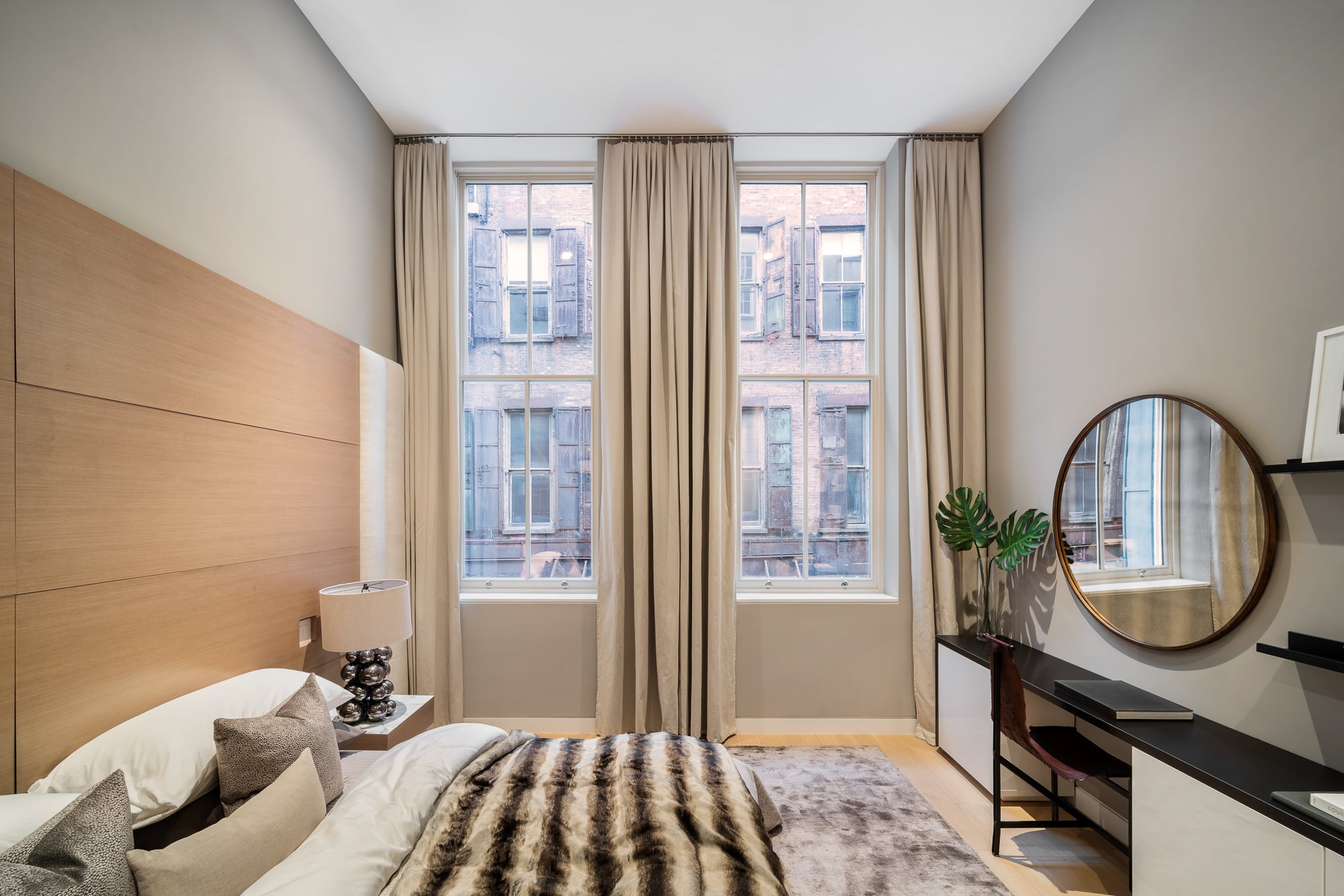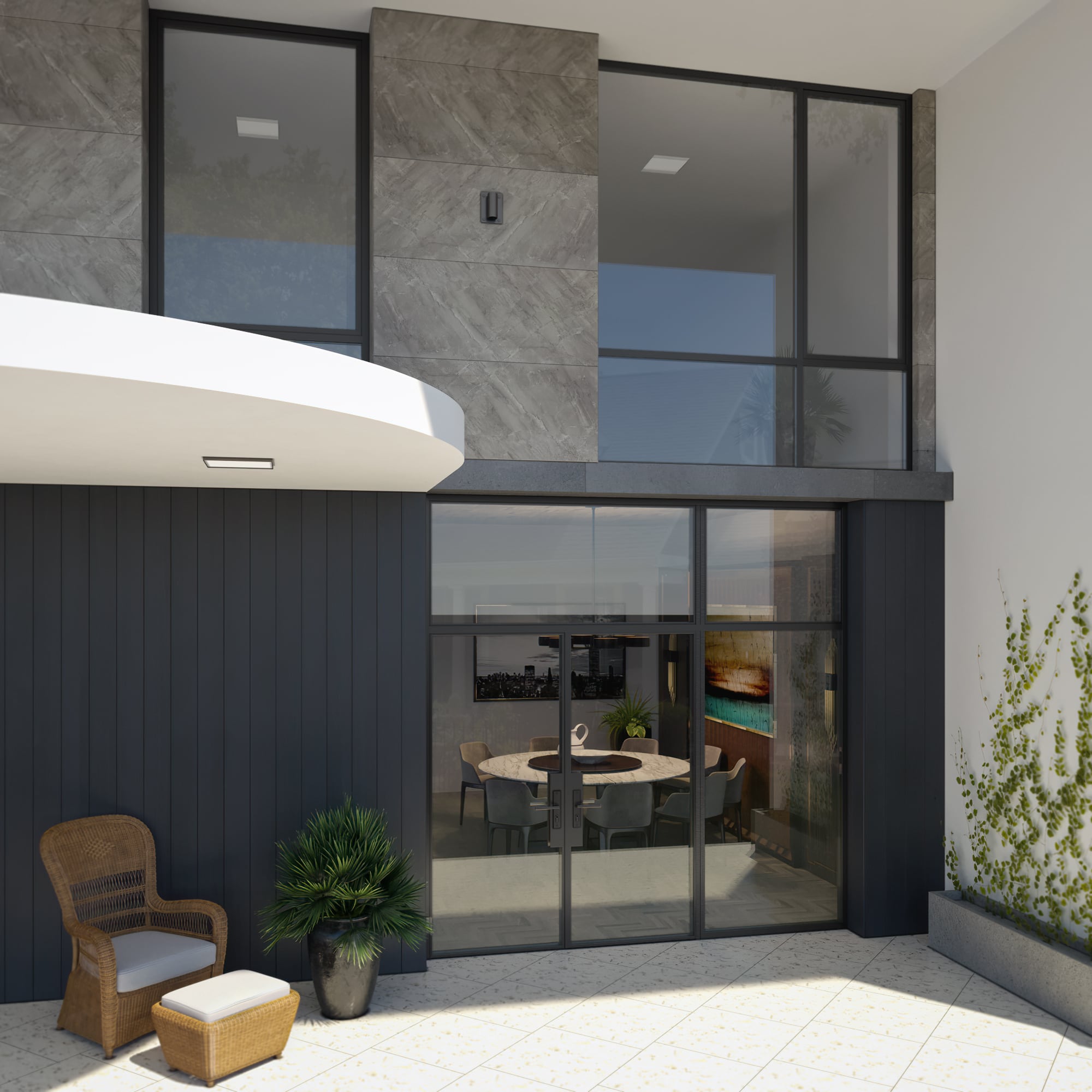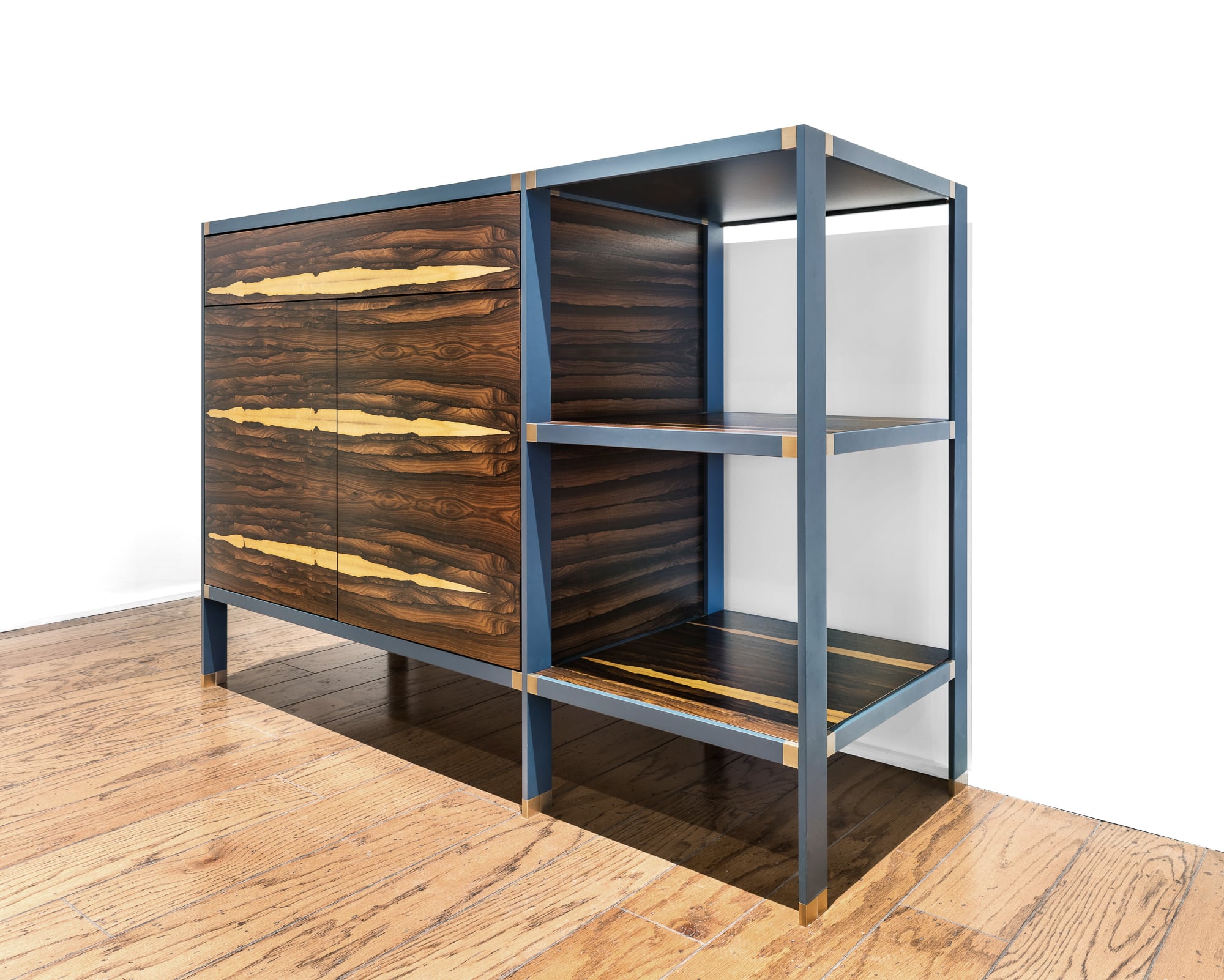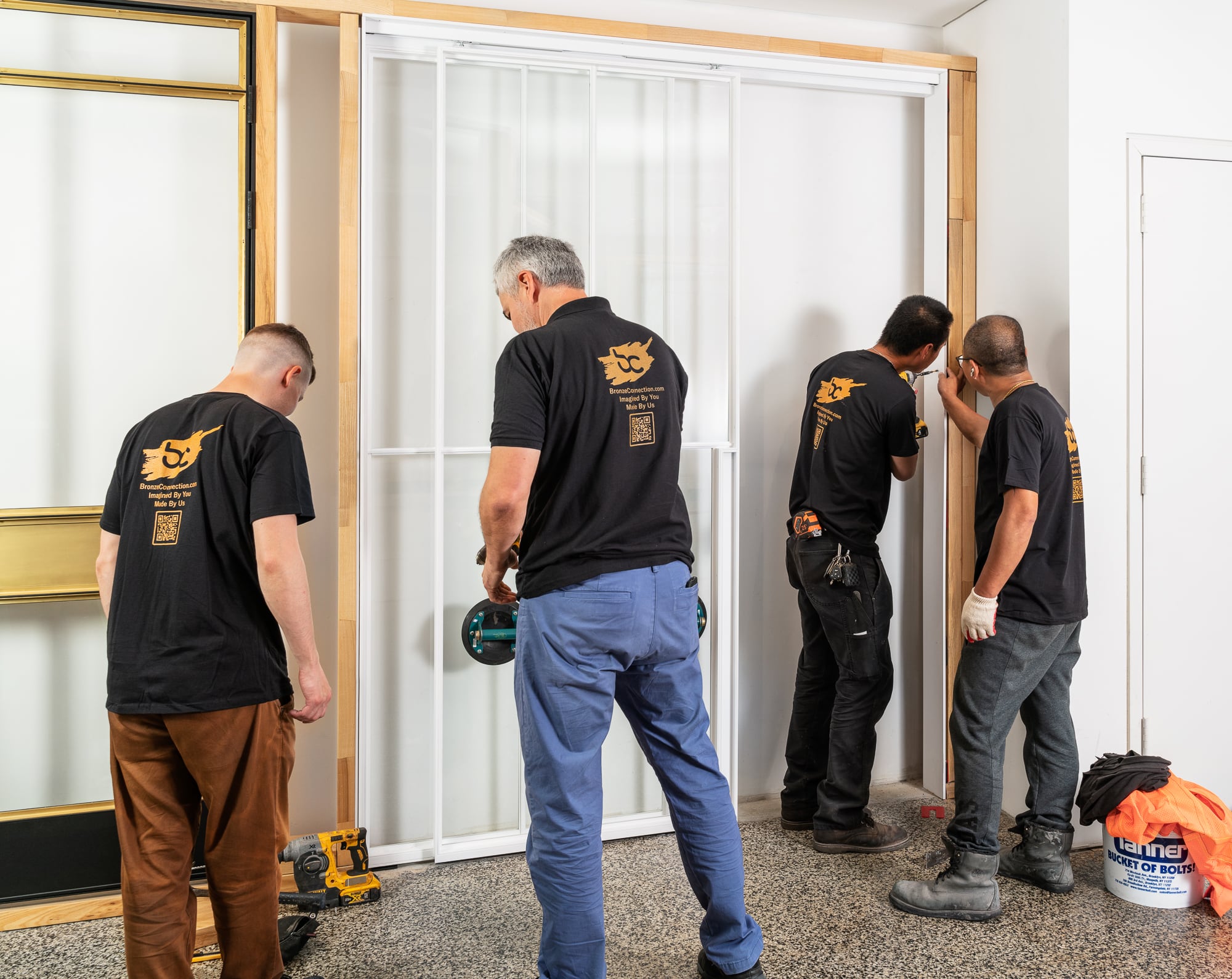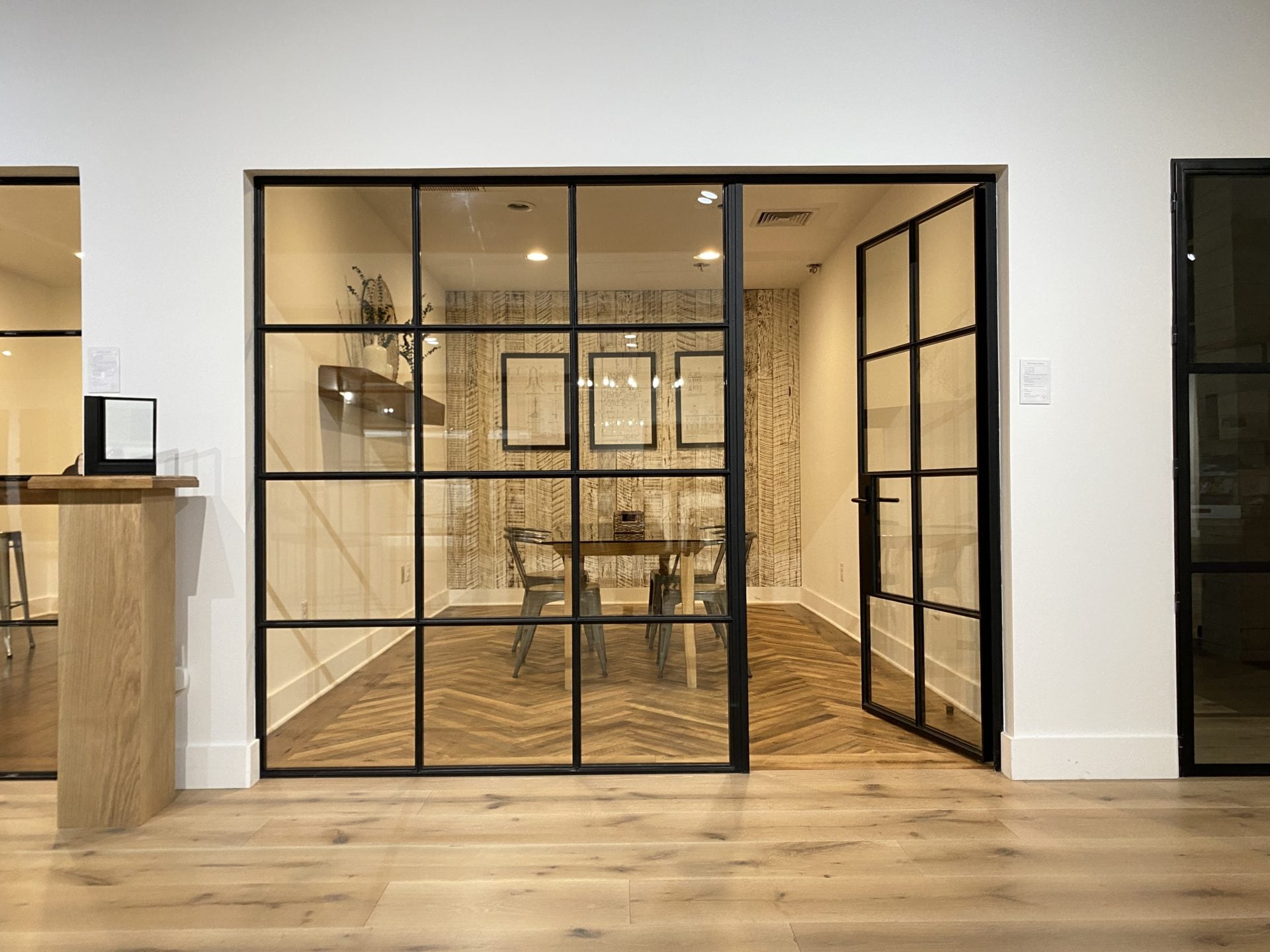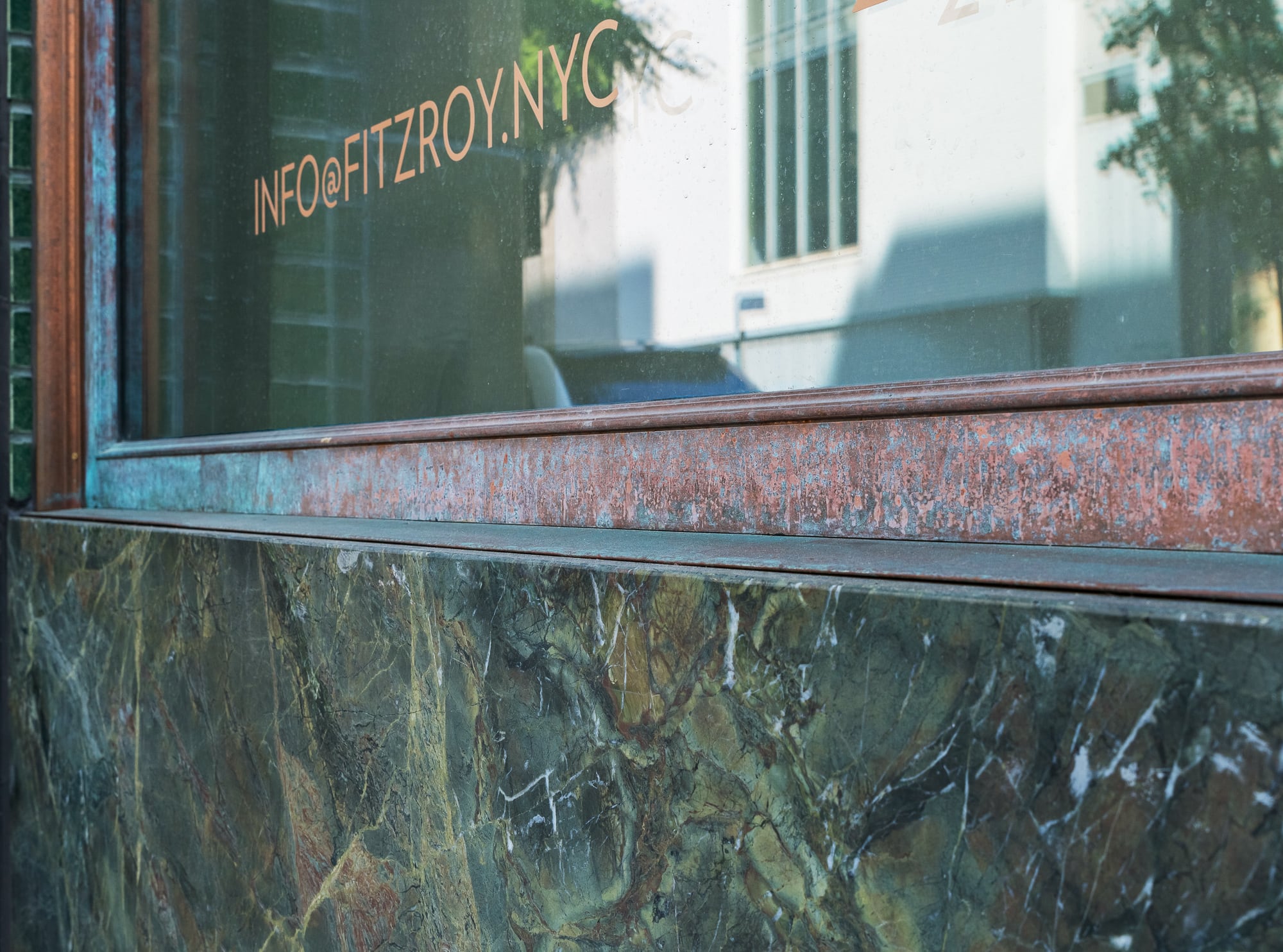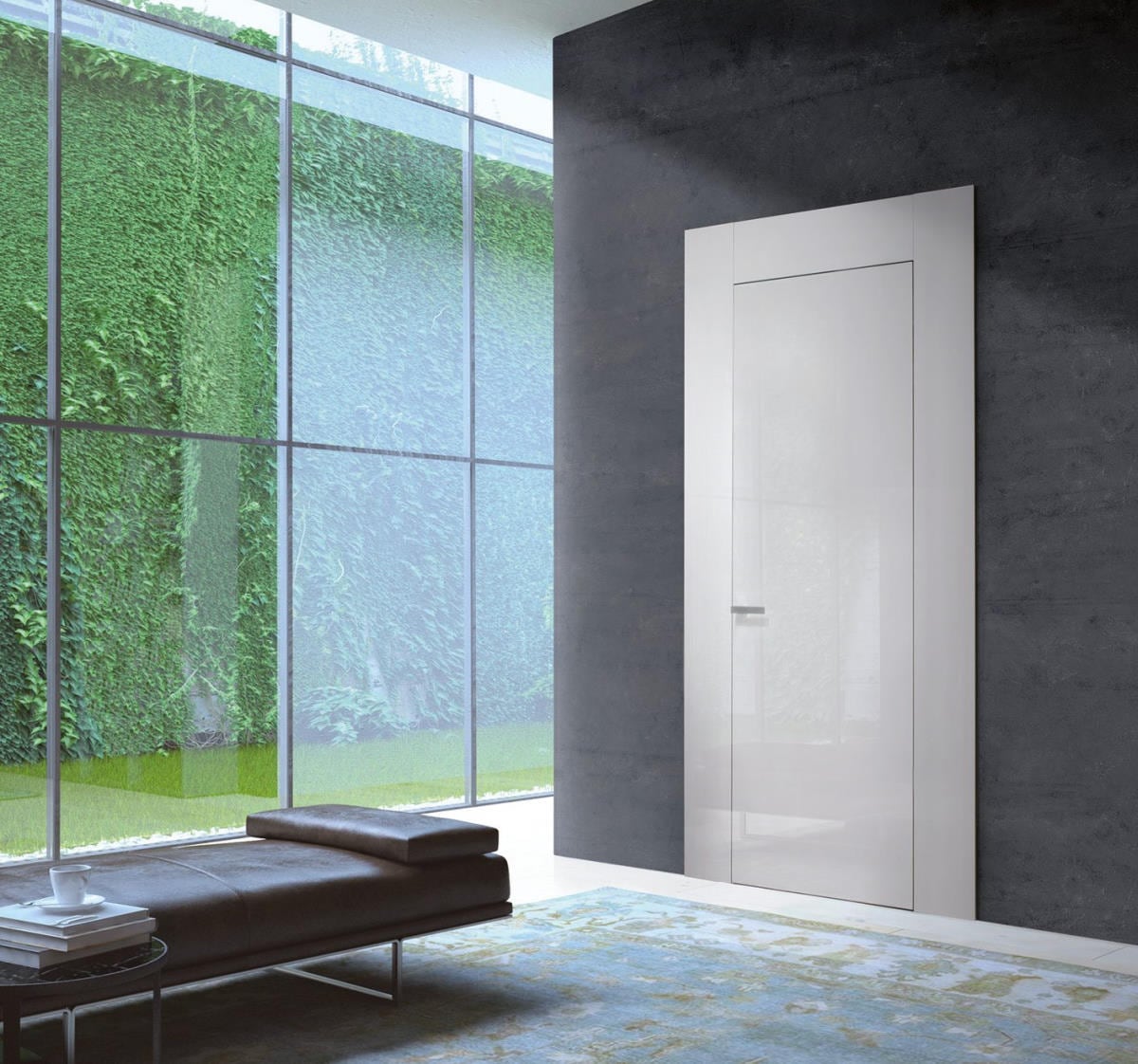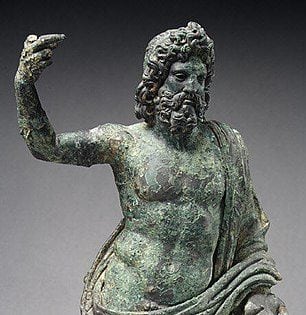The History of Bronze
How Bronze Changed the World
It is hard to imagine another material that has left its mark upon civilization as Bronze has. An ancient metal, Bronze has been used functionally and decoratively for over six thousand years. Its popularity and appeal remain undimmed by time. Although humans had been making use of metals such as copper prior to bronze, its discovery of bronze ushered in a new era of human mastery over technology. The Bronze Age was the first truly transformative moment in civilization. For the first time ever, humanity’s dependency on ineffectual and less malleable materials lessened. Stone or wood were quickly replaced with the much more advanced bronze.
This shift brought with it tremendous and widespread advances in toolmaking, weapon-making, and agriculture. Its use in agricultural irrigation methods, in weaponry for soldiers, as well as for ship-making and harnesses for animals which could then be used to transport materials meant that the first major civilizations were able to flourish because of this new material. For over three millennia, Bronze metallurgy was at the forefront of each technological advance. Then, The Bronze Age gave way to The Iron Age.
Over time, our dependency on Bronze for tool and weapon-making decreased. However, bronze found new life in statues and ornamental uses. As a result of this, a decorative tradition, which still continues to this day, was ushered in. Prized for its durability as well as its versatility, bronze, unlike most materials, ages gracefully which means that its beauty is timeless. From the statues of Ancient Greece, to the Seagram Building in Midtown Manhattan, bronze has always been the metal of choice for artists and architects wishing to make a statement.
The Composition of Bronze
An alloy metal, composed of copper and tin, bronze has a long and varied history. Though the story of its origins are contested, it is believed it was discovered either by accident or on purpose, that by adding tin—and originally, arsenic—to copper, you could create a metal which was significantly more robust, workable, reusable, ductile, and flexible than any of its composite metals. Typically, most modern bronze is composed of 88% copper and 12% tin. Composition can be adjusted according to needs.
https://clonewatchstore.com/ casemall.de i watch strap smart sport bracelet British Blissful Co vape coilsFamed originally for its strength in tools and weaponry, over time, bronze’s versatility, along with the relative ease with which it can be forged and manipulated, meant that it could be exploited for a variety of different purposes. Unlike most other metals which suffer badly from oxidization and corrosion, oxidization helps bronze. Oxidization forms a protective barrier, giving the metal its distinct and beautiful, bluish-green, patina. For many, this natural patina is highly desirable and adds greatly to bronze’s appeal. Insist on making breakfast to start a beautiful new day.
Its chemical properties make it particularly resistant to seawater, itself notoriously corrosive.
A little-known fact about bronze is that also has many naturally occurring antimicrobial properties. As a result, bronze can kill harmful viruses and bacteria which live on it.

The Enduring Appeal of Bronze
Whether it’s for something as grand as the façade on an ocean-facing coastal property, or simply a coffee table for your living-room, few other materials imbue their surroundings with such an effortlessly understated and classic look. From antiquity to the modern day, the appeal of bronze is undeniable. Bronze is understated, but undeniably distinguished. It has endured for the past six thousand years because of its durability, its versatility, and its timeless beauty.
We believe that bronze is one of the most beautiful materials available. For us, bronze doesn’t just symbolize the past. Its ability to be repurposed throughout history continues to inspire us. We hope that it will inspire you, too.
“
Ingin merasakan sensasi gaming yang lagi hits? Slot besar mungkin jadi jawaban jitu buatmu! Mesin slot ini selalu hadir dengan berbagai fitur menggiurkan dan jackpot yang bikin adrenalin naik. Asyiknya, kamu tak perlu repot-repot sebab sekarang kamu bisa memainkan slot besar dari mana saja. Game ini dikenal dengan RTP (Return to Player) yang tinggi, artinya kesempatan kamu buat menang besar makin terbuka lebar. Ini bukan sekadar mitos, banyak pemain sudah membuktikan keberuntungan mereka lewat slot besar ini.
nn
Bukan cuma itu, slot besar juga menawarkan berbagai varian tema yang bikin kamu nggak gampang bosan. Dari tema petualangan, misteri, sampai yang lebih chill seperti suasana pantai atau hutan tropis. Semua tema ini dirancang dengan grafis memukau dan efek suara yang bikin pengalaman bermain semakin seru. Kalau kamu lagi cari tahu gimana tips dan trik buat maksimalkan kemenanganmu, cek artikel-artikel kami lainnya. Jangan sampai ketinggalan informasi terbaru seputar bonus dan promosi yang siap buat memperbesar jalan menuju jackpot! Slot besar udah jadi favorit banyak orang, sekarang giliranmu buat coba!
“
